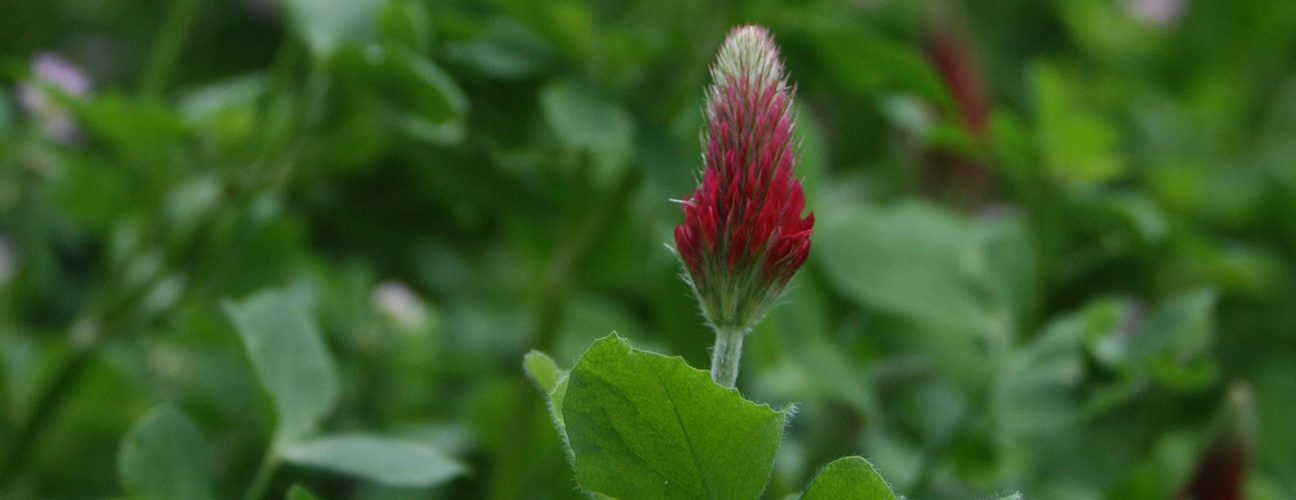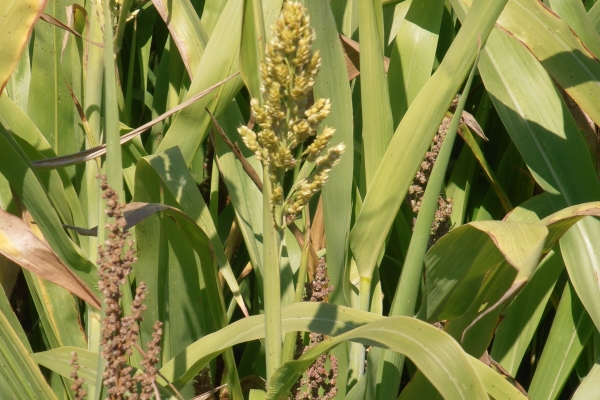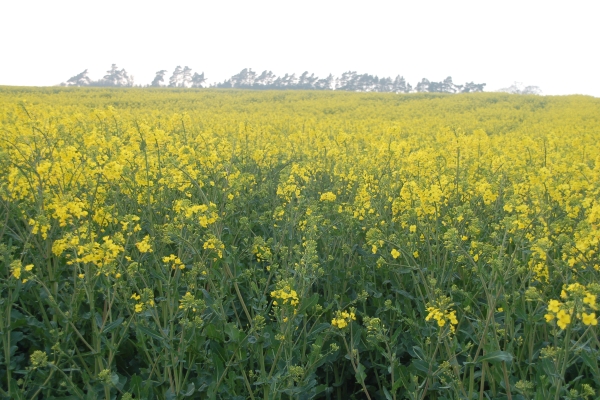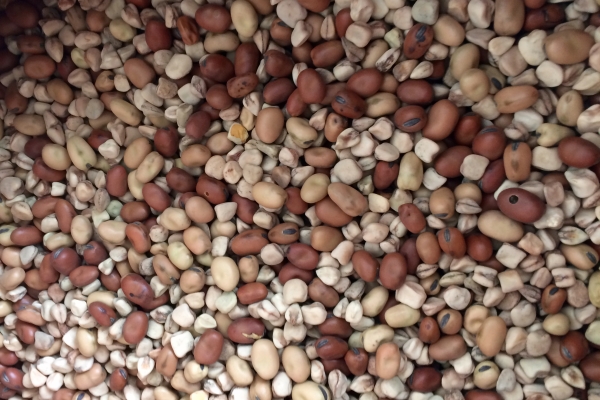Success stories of crop diversification across Europe
Resource explained
Crop diversification has the potential to produce many benefits, such as improved soil nutrients and soil fertility. However, it also comes with several challenges. DiverIMPACTS was a 5-year EU Horizon 2020 project with 34 partners. The aim was to achieve the full potential of diversification of cropping systems for improved productivity, delivery of ecosystem services and resource-efficient and sustainable value chains. DiverIMPACTS identified several success stories of crop diversification across Europe. The examples given (many with videos) show a selection of these success stories and highlight why certain crop diversification strategies have been successful and the challenges that were needed to be overcome to achieve success.
Findings & recommendations
- Increasing domestic protein supply with intercropping (Switzerland). Protein self-sufficiency increased from 3% in 2008 to 15% mainly due to the involvement of a cross-sectoral working group along the entire value chain.
- Combined rotation, cover crops and companion cropping (UK). Northants LEAF farmer Duncan Farrington broadened his cereals/oil seeds rotation to deal with blackgrass, pigeons and disease problems. Cover crops have helped with weed control as well as complimenting crop and soil nutrition.
- Crop diversification experiences in Hungary. Farm converted to organic incorporating 25-30% of legumes in rotation, increasing biodiversity and pollinators. Greater complexity has been challenging.
- Maximum diversification of organic farming to stabilise farm income (Poland). The use of cover crops and intercropping vegetables has increased yields and benefitted soil fertility. By co-operating with neighbouring farmers they have improved sales locally and nationally.
- Producing food for human consumption while enhancing arable land: crop diversification on an organic farm in Wallonia (Belgium). Crop diversification and intercropping has helped spread risks by promoting biodiversity to manage weeds, pathogens and pests.
- Soya bean cultivation in Flanders (Belgium). Finding the right varieties, pest control, weed control and harvesting has been a challenge. Experience has been gained and the focus is on improving quality for human consumption.
- Cover crops to reduce nutrient leaching (Sweden). Conservation agriculture has improved soil health and biodiversity, and reduced weeds and diesel use. Getting timings right for managing cover crops has been a challenge.
- Implementation of catch crops for drinking water protection (Germany). Results-oriented payments gave farmers flexibility to implement options. Good communications between actors was critical to success.











